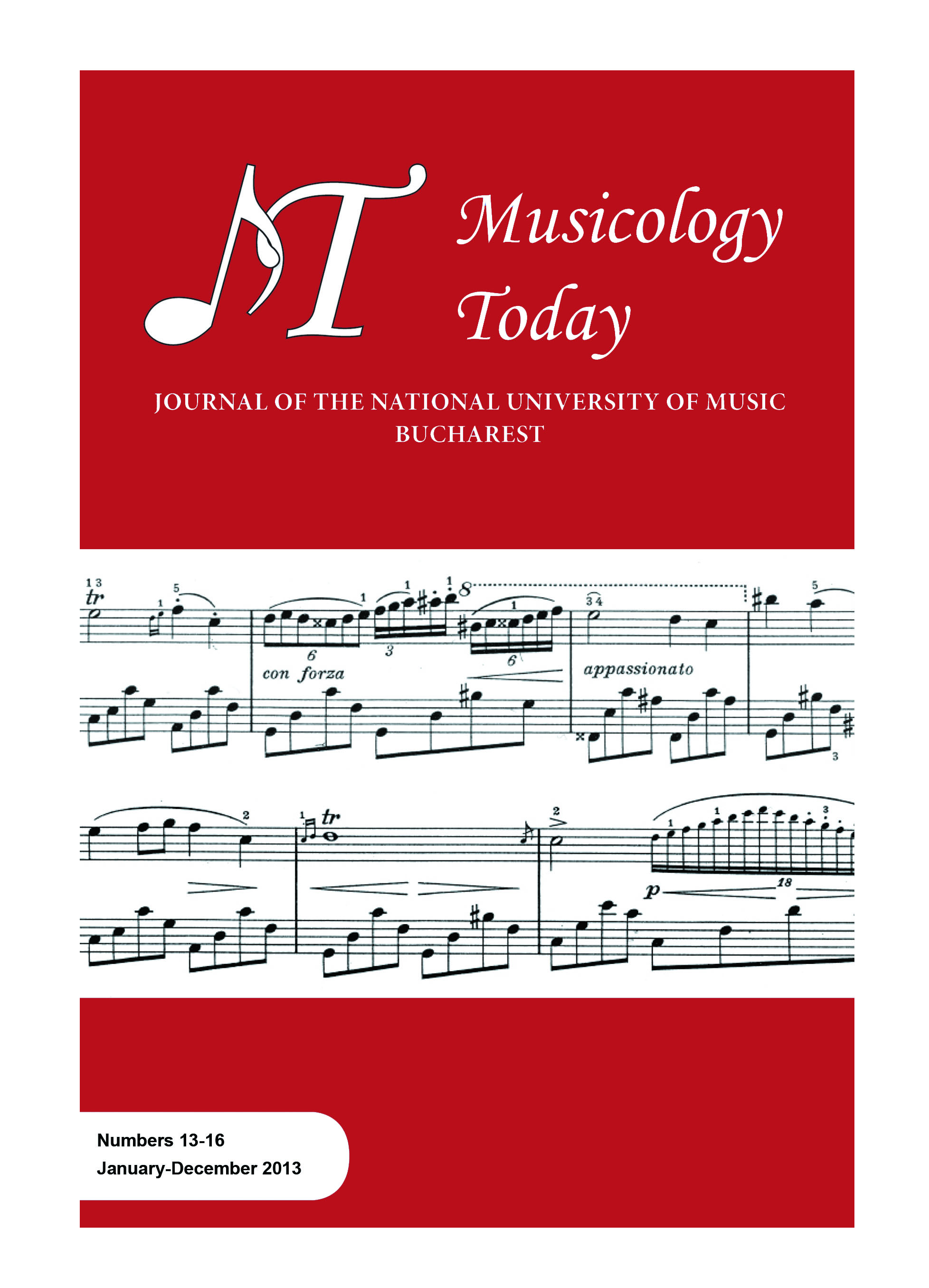Post-Byzantine Chanting Tradition in the Serbian Monastery Hilandar on Mount Athos
Post-Byzantine Chanting Tradition in the Serbian Monastery Hilandar on Mount Athos
Author(s): Vesna Sara PenoSubject(s): Music
Published by: Editura Universității Naționale de Muzică din București
Keywords: Post-Byzantine Chanting Tradition; Serbian Monastery Hilandar; Mount Athos;
Summary/Abstract: Deep and close contacts in the sphere of 19th century musical practice between Hilandar and other Athonite monks are discussed in this study. In the light of the reform of neumatic notation which was undertaken by the Constantinopolitan chant teachers and theoreticians Gregorios, Chourmouzios and Chrysanthos, chanters, composers and scribes from Mount Athos began to write down church hymns in different sorts of musical manuscripts (Octoechoi, Anthologiai, Sticheraria). Hilandar psaltes, as well as other musically educated Athonite monks, completed the chant books necessary for all church services directly after the Reform was accepted in the Great Church of Constantinople. To improve the acceptance of the so called New Method (that is, the reformed neumatic notation) many Greek and Bulgarian monks wrote manuscripts in the Church Slavonic language for the chanters of Hilandar. Nevertheless, in the Hilandar brotherhood there were few very ambitious and skilled musical scribes such as Spiridon, Ioasaph, Vikentije, whose manuscripts contain a reasonable number of popular and original church melodies.
Journal: Musicology Today: Journal of the National University of Music Bucharest
- Issue Year: 4/2013
- Issue No: 16
- Page Range: 173-180
- Page Count: 8
- Language: English

